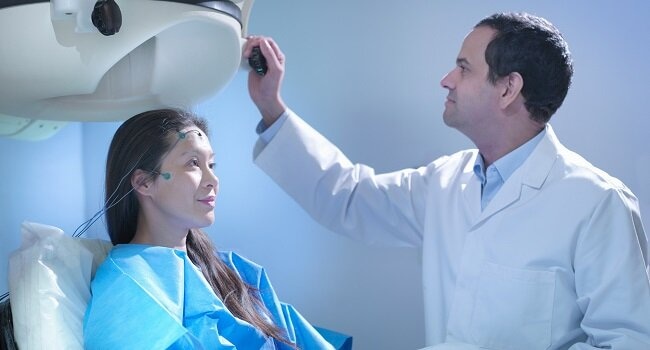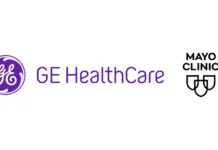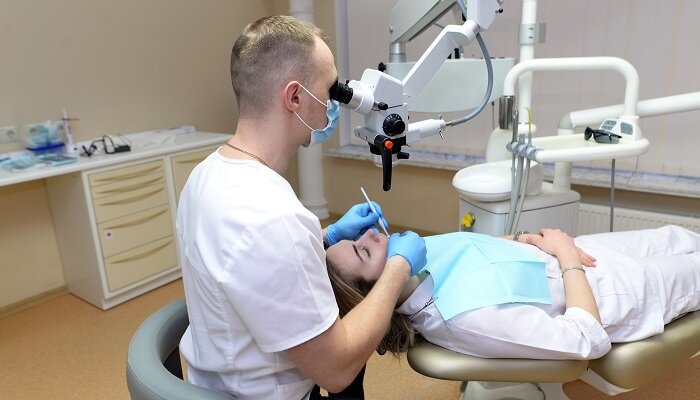Healthcare facilities are the backbone of any community, providing essential services that keep individuals healthy. However, the way healthcare is delivered is constantly evolving, and it’s essential for facilities to keep up with the latest technologies and practices to provide the best possible care.
A smart healthcare facility leverages technology to improve patient outcomes, reduce costs, and increase efficiency. But it’s important to determine your needs before creating a smart healthcare facility. You need to identify the relevant technologies available so you can tailor them to fit your needs.
If you have no vast knowledge of technologies in the healthcare sector, you can seek guidance from reputable IT companies. Read on for four tips to help you create a smart healthcare facility.
1. Invest In Robust IT Infrastructure
According to Netsurit, an IT company in Capetown, robust IT infrastructure helps healthcare providers give accurate diagnoses, prevent medical errors, and improve the overall quality of care. The types of IT infrastructure needed in a healthcare facility may vary, depending on the size and complexity of the organization. However, some essential infrastructure is necessary for a smart healthcare facility, including:
- Electronic Health Records (EHRs): EHRs are digital records of patient health information, including medical history, medications, allergies, test results, and more. EHRs provide healthcare providers with easy access to patient information, enabling them to make better-informed decisions and provide more personalized care.
- Telehealth: These hardware and software components enable remote patient monitoring, virtual consultations, and diagnostic testing. Telehealth infrastructure can help healthcare providers reach patients in remote or underserved areas, reduce healthcare costs, and provide more convenient care.
- Network infrastructure: Network infrastructure includes the hardware and software used to connect devices such as computers and medical equipment to each other and the internet. A robust network infrastructure is essential for secure data transfer and communication between healthcare providers, patients, and other stakeholders.
- Artificial Intelligence (AI): AI infrastructure includes hardware and software that enables the development and deployment of AI applications in healthcare. AI applications can help healthcare providers to analyze patient data, identify patterns, and make more accurate diagnoses.
The technologies can help improve the overall patient experience. With instant access to medical records, patients can receive timely and accurate diagnoses, leading to better outcomes. In addition, telemedicine and virtual consultations become more accessible, making healthcare more convenient and accessible for patients who might otherwise struggle to access care.
To implement and maintain healthcare technologies, you can hire in-house IT experts to deal with daily IT issues. However, if your facility is still small, you can decide to outsource IT services to reputable IT companies. If you’re in Arizona, you can hire affordable managed IT services in Phoenix.
2. Ensure Data Privacy
The risks of data breaches in healthcare facilities are significant. Cybercriminals and hackers are becoming more sophisticated and are continuously finding new ways to breach data security. Data breaches can occur through malware, phishing, or human error such as lost or stolen devices. These breaches can cause a great deal of damage to both patients and healthcare providers.
To ensure data security and privacy in a healthcare facility, it’s essential to implement a comprehensive security program that includes both technical and non-technical measures. Technical measures include using secure passwords, encryption, and firewalls to protect data. Non-technical measures include implementing strict access controls and conducting regular security audits.
Additionally, healthcare facilities should implement policies and procedures that comply with regulations such as Health Insurance Portability and Accountability Act (HIPAA). HIPAA sets standards for the privacy and security of protected health information (PHI) and ensures that healthcare providers protect patients’ rights to privacy.
3. Train Staff On New Technologies
Technology is only as effective as the staff who use it, and with proper training, healthcare providers may be able to utilize new technologies’ potential fully. Practical training can help the team understand how to use new technologies, increase productivity, and provide better patient care.
The types of technologies that staff should be trained in may vary, depending on the needs and goals of the healthcare facility. However, some essential technologies that staff should be trained in include electronic health records (EHRs), telemedicine, mobile health, and medical devices. These technologies can help to improve patient outcomes, streamline workflows, and reduce costs.
Additionally, healthcare facilities should consider providing ongoing training to keep staff up to date with new technologies and industry trends. Continuous education and professional development opportunities can help the team stay engaged and motivated, ultimately improving patient care and outcomes.
4. Perform Continuous Monitoring And Performance Evaluation
Monitoring enables healthcare providers to track their performance and progress against established goals and benchmarks. A health facility can use monitoring and evaluation methods such as patient satisfaction surveys, quality control checks, and performance dashboards.
Performing continuous monitoring and performance evaluation in a healthcare facility can help identify opportunities for improvement, enhance patient satisfaction, and improve the quality of patient care. Also, it can help healthcare providers to optimize their operations, reduce costs, and increase revenue.
Conclusion
Creating a smart healthcare facility is no longer an option but is necessary in today’s fast-paced digital age. When you implement these tips, healthcare providers can deliver high-quality, efficient, patient-centered care.

It’s essential to note that creating a smart healthcare facility is an ongoing process that requires a commitment to innovation, flexibility, and continuous improvement. As new technologies emerge and patient needs evolve, healthcare providers must be willing to adapt and incorporate new strategies to ensure they deliver the best possible care to their patients.


















